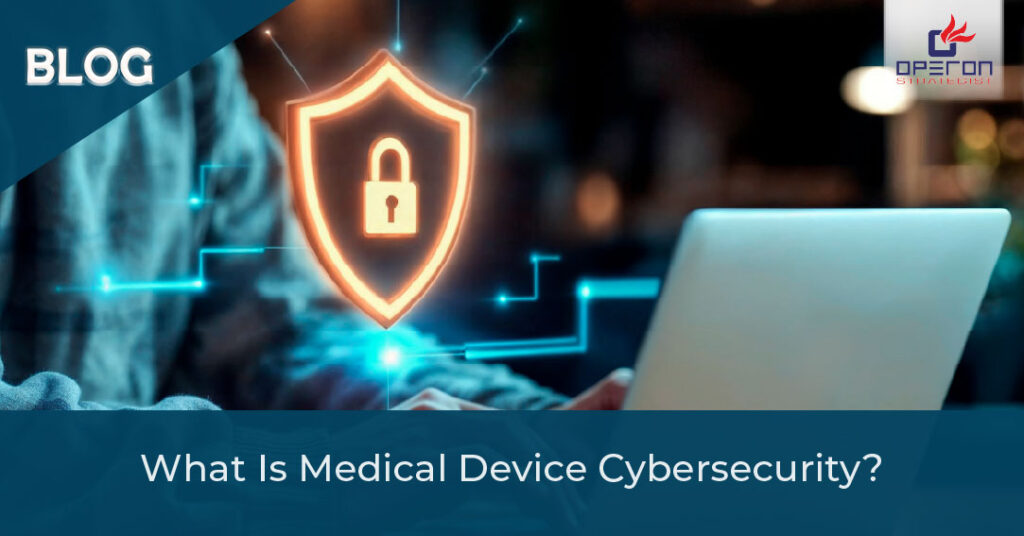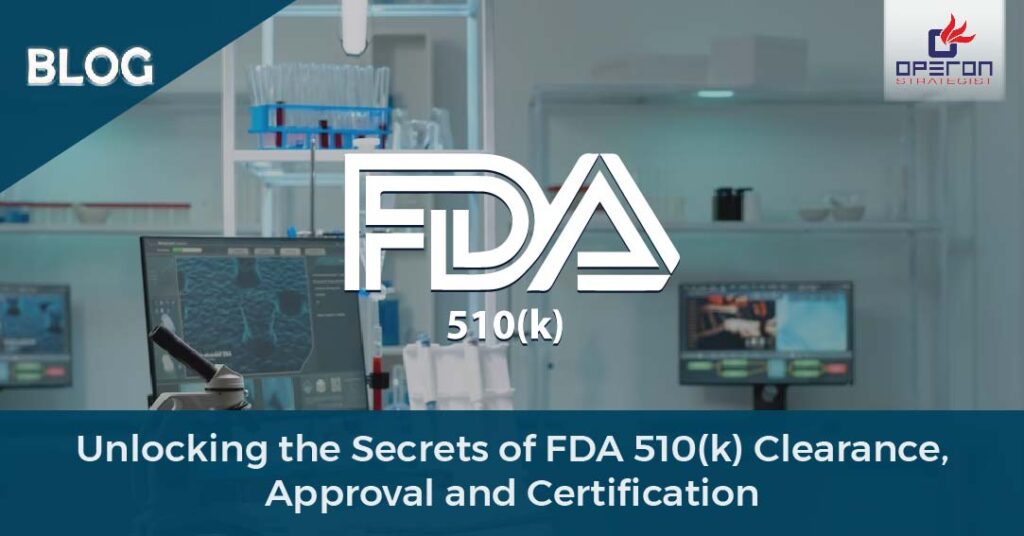
Introduction
As the healthcare industry becomes increasingly digitized, cybersecurity in medical devices has emerged as a critical concern for manufacturers, regulators, and healthcare providers. Modern medical devices—from insulin pumps and pacemakers to imaging systems and hospital networks—are often connected to the internet, making them vulnerable to cyberattacks. Ensuring strong cybersecurity practices is no longer optional; it’s a regulatory and patient safety necessity.
What Is Medical Device Cybersecurity?
Medical device cybersecurity refers to the protection of connected medical devices and their associated systems from unauthorized access, tampering, and data breaches. It encompasses the design, development, implementation, and maintenance of secure hardware and software systems to prevent cyber threats.
A secure medical device must ensure:
- Data integrity – medical information must remain accurate and unaltered
- Data confidentiality – sensitive patient information is protected
- System availability – devices function when needed without disruption
This applies to both premarket (design and development) and postmarket (monitoring and updates) stages.
Why Is Cybersecurity Important in Medical Devices?
Cybersecurity breaches in medical devices can have severe consequences, including:
- Patient harm due to malfunction or incorrect operation of the device
- Theft of personal health information (PHI) and non-compliance with privacy laws like HIPAA
- Operational disruptions in hospitals or healthcare networks
- Reputational damage and legal liability for manufacturers
Regulatory Expectations for Medical Device Cybersecurity
Regulators across the globe have released specific guidelines to help manufacturers build secure devices. Here’s a quick overview:
1. FDA (USA)
The U.S. Food and Drug Administration (FDA) has issued multiple cybersecurity guidance documents:
- Premarket Guidance (2023 update): Requires manufacturers to include a Software Bill of Materials (SBOM), threat modeling, and cybersecurity risk assessments in their submissions.
- Postmarket Guidance: Emphasizes continuous monitoring, vulnerability disclosure, and remediation.
2. EU MDR
Under EU MDR, cybersecurity is a core component of General Safety and Performance Requirements (GSPR). Manufacturers must consider cybersecurity from the design stage and document risk management strategies.
3. Other Regions
Countries such as Canada, Australia, Japan, and India are also integrating cybersecurity into medical device regulations, often aligning with IMDRF (International Medical Device Regulators Forum) principles.
Key Components of Medical Device Cybersecurity
Manufacturers must integrate robust cybersecurity practices throughout the medical device lifecycle. Below are the essential components:
1. Secure by Design
Cybersecurity should be embedded from the initial design phase. This includes threat modeling, secure coding practices, and implementing access control mechanisms.
2. Software Bill of Materials (SBOM)
An SBOM lists all software components—open-source and proprietary—used in the device. It helps identify vulnerabilities, ensure traceability, and meet regulatory requirements like the FDA’s premarket guidance.
3. Data Encryption
To protect sensitive patient and device data, encryption must be applied both in transit and at rest.
4. Access Controls
Only authorized users should interact with the device. Multi-factor authentication (MFA) and role-based access are critical for safeguarding system functionality and data.
5. Regular Software Updates & Patching
Devices should support timely software updates to address newly discovered vulnerabilities. Over-the-air (OTA) update mechanisms are ideal for connected medical devices.
6. Postmarket Surveillance
Continuous monitoring for cybersecurity threats is essential after the device is launched. This includes incident reporting, vulnerability response, and coordination with healthcare providers and regulators.
Best Practices for Manufacturers
To align with both cybersecurity standards and regulatory expectations, manufacturers should:
- Implement a Cybersecurity Risk Management Plan: Integrate it into the broader Quality Management System (QMS). Use frameworks like ISO/IEC 14971 and ISO/IEC 80001.
- Collaborate with Cybersecurity Experts: Involving cybersecurity professionals during the design phase helps identify threats early and build better defenses.
- Conduct Penetration Testing: Simulated cyberattacks help evaluate vulnerabilities and test how the device responds to real-world threats.
- Train Internal Teams: Educate your design, software, and QA teams on secure development and regulatory requirements.
- Document Everything: From threat models to update policies—comprehensive documentation is crucial for regulatory submission and audits.
Role of Cybersecurity in Regulatory Submissions
If you’re planning to submit a device for FDA 510(k) clearance or Premarket Approval (PMA), cybersecurity documentation is now a mandatory part of the submission. The FDA requires:
- Risk management summaries
- SBOMs
- Threat modeling reports
- Postmarket mitigation strategies
Lack of cybersecurity controls can delay or even prevent market entry.
Cybersecurity Is a Lifecycle Commitment
Cybersecurity is not a one-time activity. Manufacturers must view it as an ongoing responsibility throughout the product lifecycle—from concept to decommissioning. Regulations will continue to evolve and so will cyber threats.
By building cybersecurity into the DNA of your medical devices, you not only meet regulatory standards but also protect your users, build trust, and safeguard your business.
Talk to Our Experts Today
Need Expert Guidance?
At Operon Strategist, we specialize in helping medical device manufacturers navigate complex regulatory landscapes—including FDA cybersecurity requirements, EU MDR compliance, and ISO 13485 QMS integration.
Whether you’re developing a new connected device or updating an existing one, our team can support you with:
- Cybersecurity risk assessments
- Documentation for FDA/CE submissions
- Design control and QMS integration
👉 Contact us today to secure your medical device innovation.


